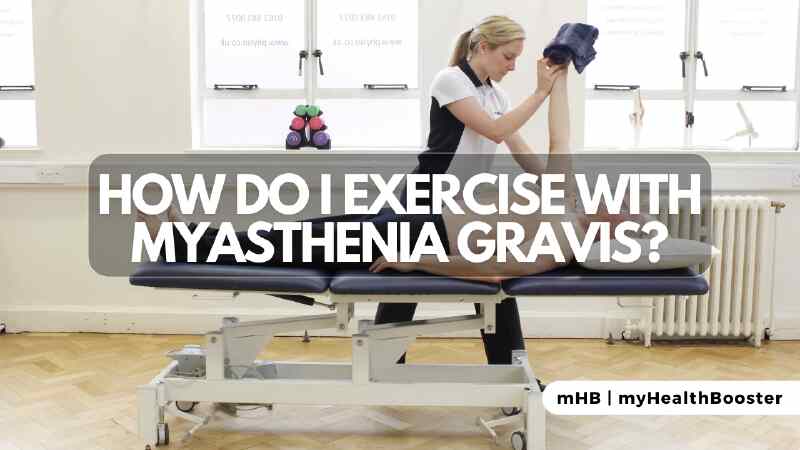Myasthenia gravis poses unique challenges to those affected, with muscle weakness and fatigue being prominent concerns. While exercising may seem daunting, maintaining physical activity is crucial for overall health. This article explores the delicate balance of incorporating exercise into your routine, offering insights on how to navigate this journey safely.
Importance of Exercise in Myasthenia Gravis
Although myasthenia gravis can make physical exertion challenging, avoiding exercise heightens the risk of other health issues like diabetes, obesity, and heart disease. Certain medications used for myasthenia gravis management can also contribute to these risks. Despite potential dangers, research indicates that the benefits of exercising outweigh the risks, especially in promoting heart and lung health, vital for supporting muscle function.
Smart Strategies for Safe Exercise
- Start Slow: Begin with short, daily walks or consider using a treadmill. The focus is on regular movement rather than covering extensive distances or achieving high speeds. Gentle yoga poses can also contribute to improved blood flow, heart health, and stress reduction.
- Fall Prevention: If concerns about muscle weakness affecting balance arise, opt for low-impact exercises such as water aerobics, elliptical training, or stationary biking. These activities minimize the risk of falls while effectively elevating heart rate and engaging muscles.
- Listen to Your Body: Pay attention to early signs of strain or fatigue. Refrain from exercising during periods of weakness or excessive tiredness. Avoid pushing to exhaustion; instead, engage in enough activity to promote movement without overtaxing your muscles.
- Exercise Safely: Inform someone when you embark on a workout, ensuring safety in case assistance is needed. If a workout partner isn’t available, carry a phone to stay connected and seek help if required.
- Break It Up: Opt for shorter exercise sessions rather than prolonged workouts. Take breaks as needed and gradually extend session times as endurance improves. Remember, maintaining health is a gradual process.
- Focus on Trunk Muscles: Strengthen proximal or “limb girdle” muscles through activities like stationary bicycling and elliptical exercises. This helps enhance core stability and overall muscle function.
- Pace Yourself: Identify periods of higher energy levels and schedule physical activity during these times. However, avoid excessive exertion on days you feel energetic, as it may lead to increased soreness and fatigue in subsequent days.
- Individualized Approach: Recognize that everyone’s experience with myasthenia gravis is unique. Tailor your exercise goals to suit your body’s capabilities and individual needs.
- Maintain Open Communication with Your Doctor: Regularly update your medical team on your exercise routine. If you notice increased symptoms or discomfort during physical activity, consult your healthcare professionals. They may recommend a physical therapist to provide condition-specific exercises and create a customized routine aligning with your limitations.
Conclusion
Exercise with myasthenia gravis demands a thoughtful and adaptive approach. By incorporating these smart strategies and maintaining open communication with your healthcare team, you can promote your overall well-being while respecting the unique challenges posed by this condition.
References
- Journal of Sport and Human Performance: “Exercise and Myasthenia Gravis: A Review.”
- Frontiers in Neurology: “Myasthenia Gravis and Physical Exercise: A Novel Paradigm.”
- Myasthenia Gravis Foundation of Michigan: “The Benefits Of Exercise For Folks With MG.”
- Johns Hopkins Medicine: “9 Benefits of Yoga.”
- Conquer Myasthenia Gravis: “Exercise.”
- Rush University Medical Center: “Living With Myasthenia Gravis.”
